Test protocol sound absorbers and more about certification and testing
If you are a serious manufacturer you will of course share the result of the tests and the test protocol in its entirety. On the pages of all our products you will find the sound absorbers complete test protocols for downloading. Do not settle for anything less. Please also note that our test protocols are digitally signed by SP.
(SP has recently changed its name to RISE, but we continue to use the name SP on our pages, since it is more well-known)
When it comes to wall absorbers there are a few parameters that matters when it comes to their effectiveness. One is the amount of material (the density in combination with the porosity) and another is the air column (space) there is between the sound absorber and the wall. We have noticed that is often happens that manufacturers says that their products has the highest sound absorption class (which is “A”). But at the same time they forget to inform which air column was used in the test. Alternatively they buy the material from another manufacturer, which has been made for another purpose. One frequent example is that they buy plates for drop-down ceilings, which has sound absorption class A, and then they claim that the end product has this class. What they do not inform about, simply maybe because they do not understand this themselves, is that these plates are tested with an air column of 200 mm. And if the air column is less, which it usually is for absorbers hanging on the wall, the end acoustic result will become completely different.
Example: The air column is easily calculated by taking the mounting depth minus the thickness of the actual product. In our case the construction height is 68 mm and the product itself is 43 mm. The air column we used in the test is therefore 25 mm (which you will receive automatically if you use our wall mount). 25+43=68. In the test protocols from SP, and similar independent test institutes, the mounting depth is always given.
.png)
Hertz is our wall absorber. All our wall absorbers are based on Hertz, only with different exteriors.
Here you can read more about why should aim for sound absorbers with the highest sound absorption class.
